Marans Chicken Breed: The Ultimate Guide
Back to blog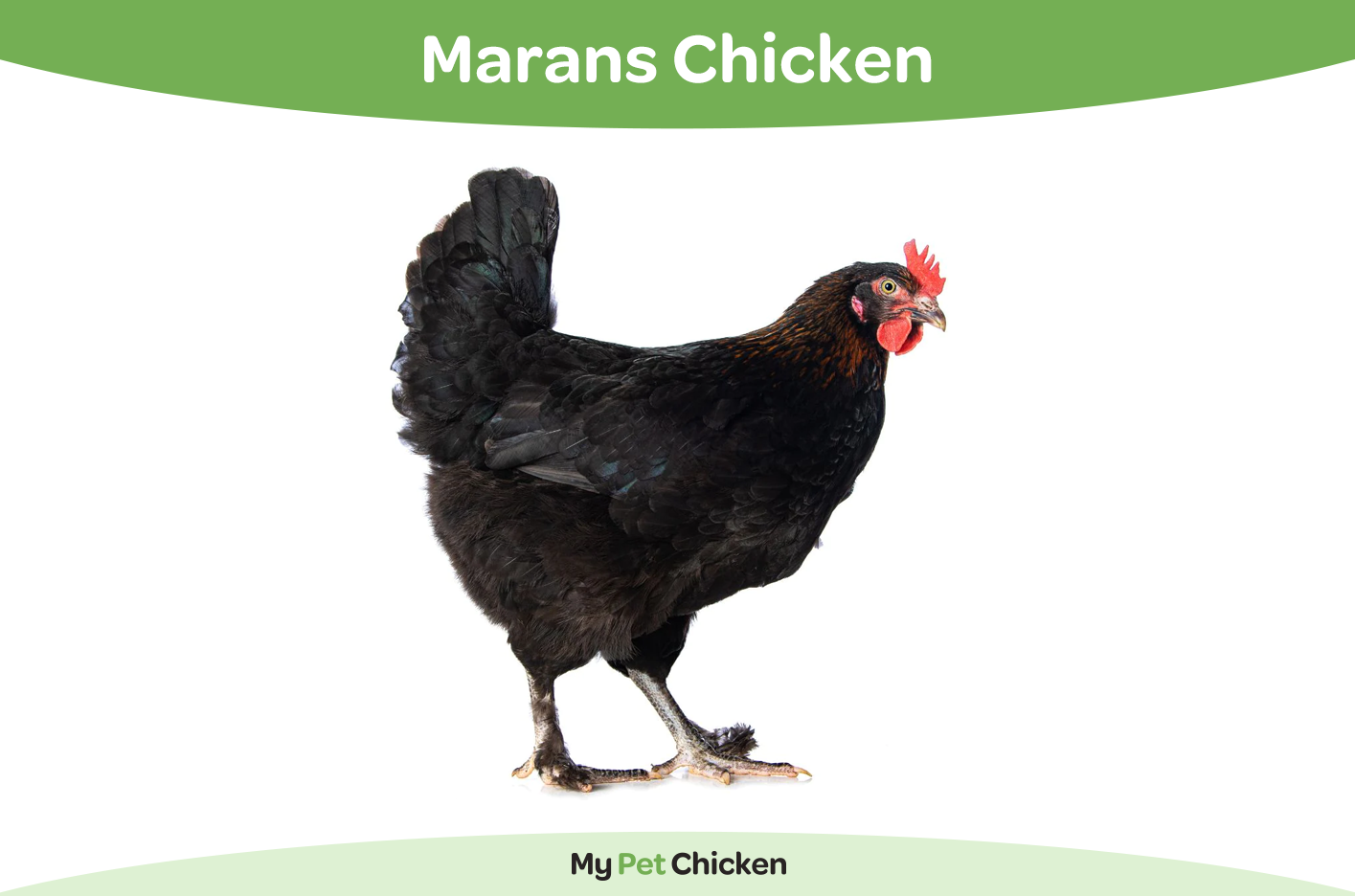
The Marans distinct chocolate brown egg color, combined with their calm personality has contributed to the breed's popularity among backyard chicken keepers. The dark brown eggs not only add visual interest to the egg basket but also showcase the unique heritage and breeding efforts that have gone into developing this remarkable chicken breed.
The Marans chicken breed, with their sought after chocolate egg colors, have taken the poultry world by storm. These charming birds are the result of a fascinating crossbreeding journey, combining the best traits of various heritage breeds.
Join us as we explore the origins, characteristics, and care of Marans, understanding their chocolate-colored eggs and friendly personalities. Whether you're considering adding Marans to your flock or simply want to deepen your knowledge about these enchanting chickens, this blog is your go-to resource.
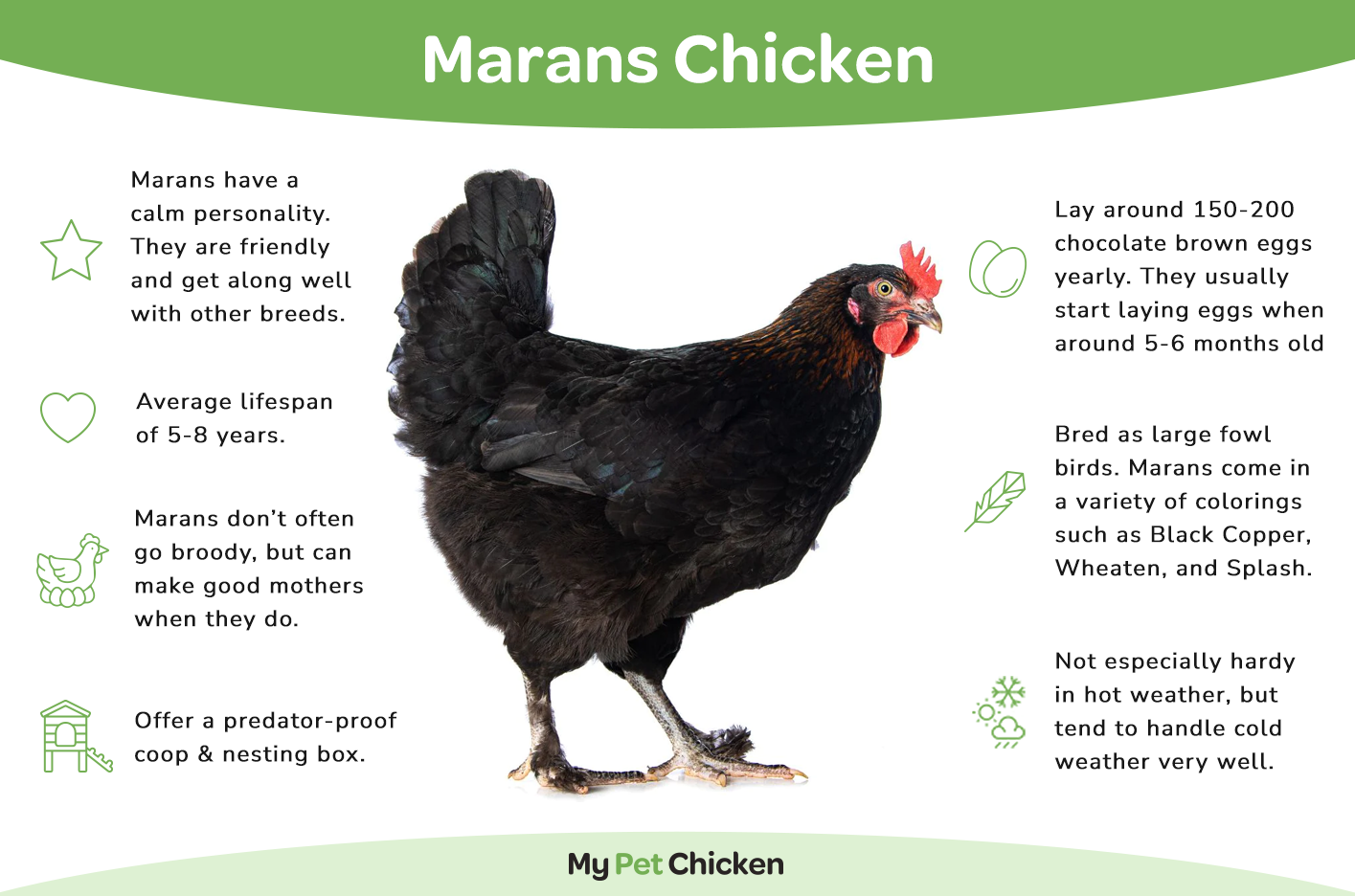
My Pet Chicken offers these Marans chickens for sale:
- Black Copper Marans
- Silver, Golden, or Blue Cuckoo Marans
- Blue Copper Marans
- Wheaten Marans
- B/B/S Birchen Marans
- Blue Splash Marans
History of the Marans chicken breed
The Marans chicken breed has its roots in the town of Marans, located in the Poitou-Charentes region of western France. Developed in the early 20th century, Marans chickens were initially prized for their exceptional egg-laying abilities. Over time, the breed's distinctive dark brown eggs garnered attention and solidified its place in the world of poultry.
The personality of a Marans chicken
Marans chickens are generally friendly and easy to handle. They exhibit a calm and relaxed demeanor, making them well-suited for backyard flocks. They are not typically known for being flighty or nervous, which can be reassuring for novice chicken keepers or those with limited experience. They tend to get along well with other chicken breeds which makes them a good choice for mixed flocks.
Marans are not particularly noisy birds. They produce soft clucks and gentle sounds, making them a good choice for urban or suburban settings where excessive noise may be a concern.
Overall, Marans make wonderful additions to a backyard flock due to their easygoing nature. Their engaging personalities and calm demeanor make them delightful flock members, whether you're a seasoned chicken keeper or new to raising poultry.
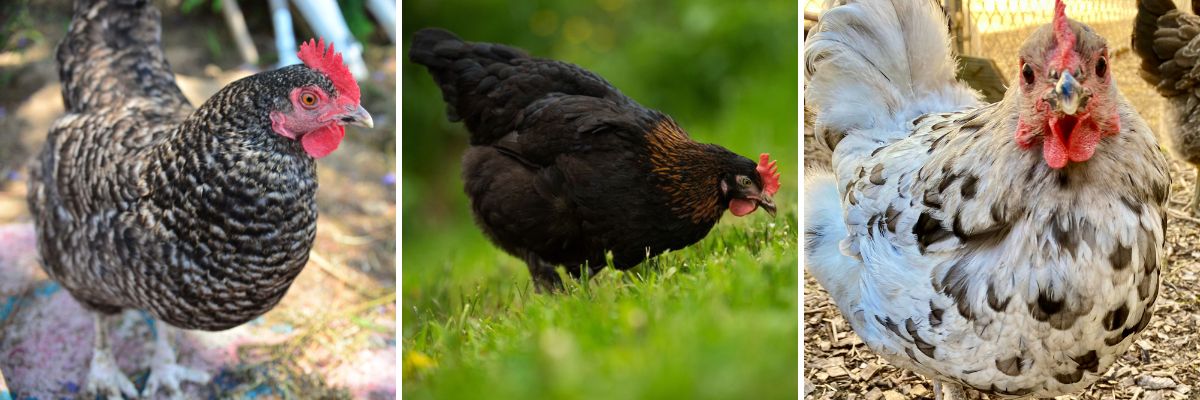
The appearance of Marans chickens
Marans chickens are known for their beautiful plumage, which comes in various color varieties. Common color variations include Black Copper, Blue Copper, Wheaten, and more. The feathers are typically tight and sleek, giving the bird a neat and polished appearance. Some but not all Marans varieties will have lightly feathered legs and feet.
The head of a Marans chicken is relatively small in proportion to its body. They have a bright red, single comb that is upright and well-defined. The wattles and earlobes are also red, contributing to the overall vibrancy of their facial features.
The weight of Marans chickens varies based on parent breeds and genetics. However, as a general guideline, Marans typically fall within the medium to large sized category in terms of weight.
On average, a mature Marans hen can weigh between 6.5 to 8 pounds. Roosters tend to be slightly heavier, ranging from 8.5 to 9.5 pounds. These weights are approximate and can vary depending on factors such as diet, overall health, and individual genetics.

Egg color and production of Marans chickens
The egg color of Marans chickens is one of their most distinctive and celebrated characteristics. Marans are renowned for laying eggs with exceptionally dark brown shells, often described as chocolate-colored. The intensity of the egg color can vary among individual birds and is influenced by genetics.
The very darkest eggs you receive from your Marans hen will be her first egg, and the eggs will lighten ever so slightly with each egg, up until her annual molt. After that, you will once again see her darkest egg.
It's important to note that not all Marans will lay the exact same shade of brown eggs. The specific color and intensity can vary among individual hens due to the influence of the parent breeds and individual genetic variation. Egg colors of Marans range from dark to lighter shades of brown, some even with speckles.
Marans are fair to good layers and can produce around 3 eggs per week or 150-200 eggs per year. This can vary depending on factors such as their diet and environment. They typically start laying eggs at around 5-6 months of age and continue to lay consistently. In terms of size, Marans eggs are generally medium to large in size.

Care and health for Marans chickens
Marans chickens do well in cold weather climates but can struggle in hotter climates due to their larger size. With proper care and attention, they can live healthy and productive lives, laying colorful and abundant eggs for years to come. The average life span of this chicken breed is 5-8 years.
Do you have any Marans chickens in your flock? Share with us in the comments below.

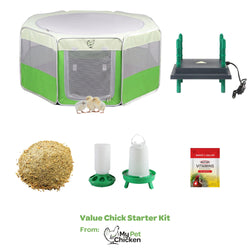
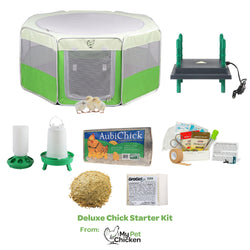

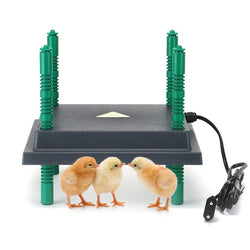
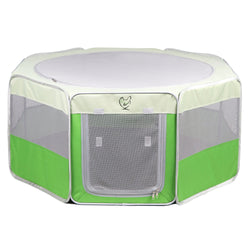

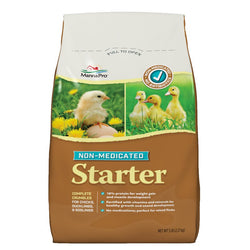

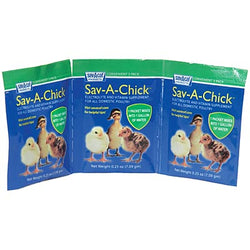
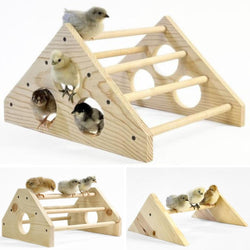
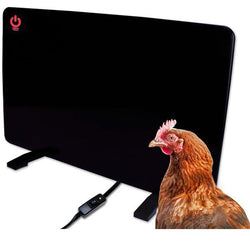
2 comments
I have a blue maran and a blue splash. They are now 3 weeks old. I’m able to at least pet them on their sides. They’re very calm birds and they know my voice. It’s kind of cool
I have one black, copper Marans who is a year old this month. She has not laid an egg of any color. I am feeding her and the rest of the birds 17% protein crumbles. They get scrambled eggs once a week and oatmeal, along with vegetables, all sorts. Am I doing something wrong?